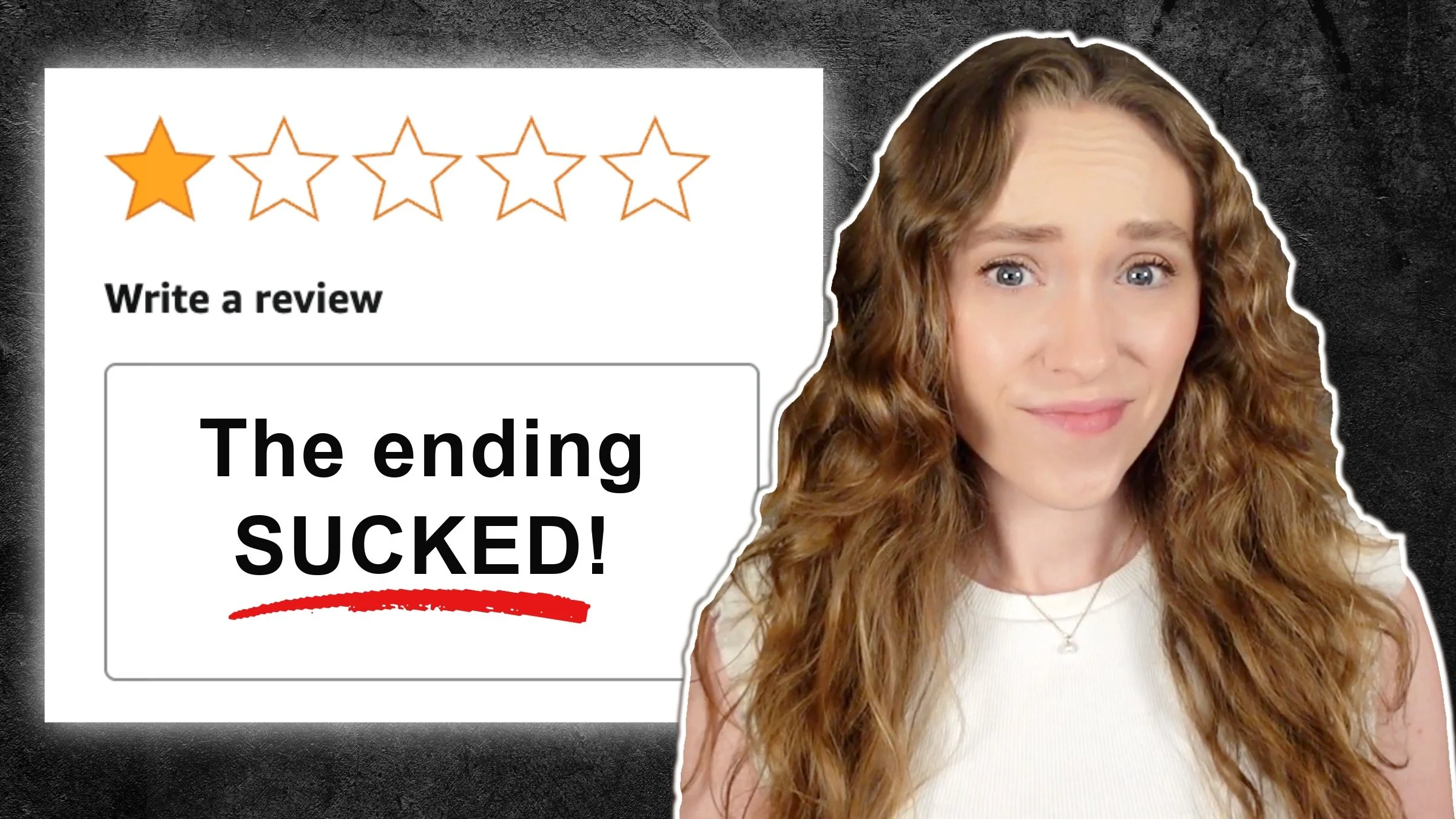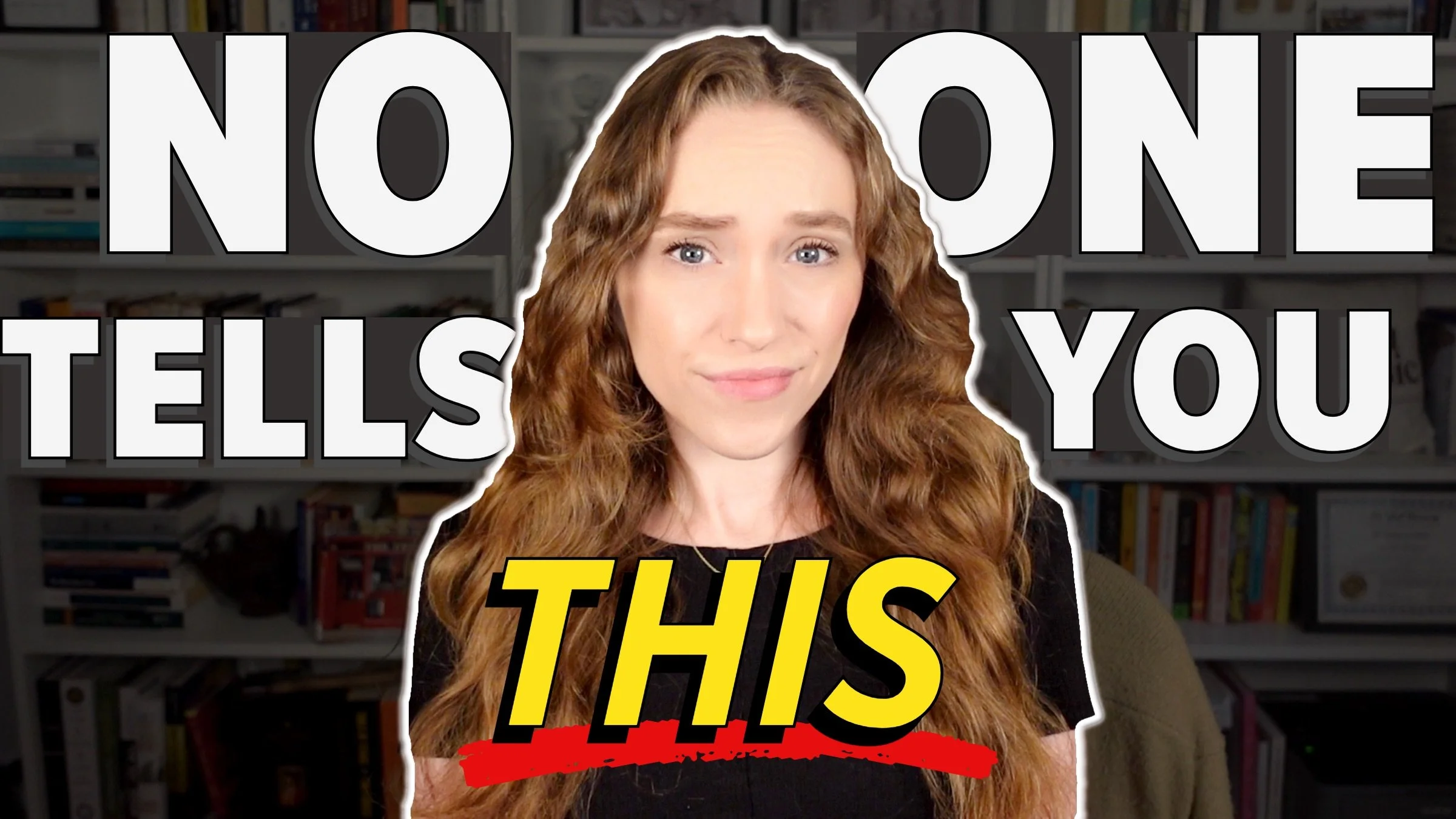Is My Character Cliché? How To Tell
HIT PLAY OR READ THE POST BELOW:
Whether in books, movies, or TV shows, we all can recognize cliché character examples. In general, stock characters follow certain patterns or formulas for creating character types that have become familiar because they've been used so many times in different storytelling mediums. When they are overused, they come across as cliché or even caricature-ish.
As a developmental book editor, I work with authors on their character development to ensure that their characters are coming across with authenticity and that their objectives, motivations, and desires are resonating with the reader. As an author, you want to ensure that your characters are multi-dimensional so that their character arc is engaging the reader as they move through the narrative and experience the events of the story.
If you’ve written a novel, you may be wondering, “Is my character cliché?” In this article, I want to talk about five of the most common cliché character examples that I come across in novel manuscripts and talk about how you can make these types of characters more intriguing and unique.
Note that I am not saying that you need to avoid these stock character types entirely. In fact, you may already have one or several of them in your current draft, and that is totally fine. It's all about recognizing the cliché character examples and then figuring out how to make those characters unique and specific to your own story.
The Damaged Character
This is a character, typically the protagonist, who has some kind of trauma in their past that they are now grappling with in the present narrative.
Regardless if the reader knows what the traumatic event is from the start, this character has obviously experienced something very terrible and it is affecting their current situation and their headspace. In many cases, it overwhelms them and it might be the main thing the character is dwelling on. Oftentimes this cliché character example is a female character, in the vein of a damsel in distress, but it doesn’t necessarily have to be a woman.
Giving a character a traumatic backstory is not a problem; many characters in well-known and bestselling books have a struggle in their background. The key is to make sure the trauma is justified and that it is coming through authentically in the narrative. It should be reflected in the way the character thinks and acts.
Sometimes authors will, in an attempt to give their character more layers or backstory, insert a traumatic event into their character’s past and stop there. But, if the reverberations of this traumatic incident aren’t felt through the story and you don’t illustrate how they impact the character's worldview, the trauma is not going to feel authentic and instead read as superficial.
If you have a damaged character, make sure you have a transformative arc for them. How do the events of the novel change them for better or for worse? They don't necessarily have to overcome or fully resolve their past trauma, but we should see them undergo some kind of development and reckoning. You don't want this character to feel stuck in a static space. The reader is going to crave a dynamic character whose backstory informs who they are today, but isn't necessarily the only identifiable part of their persona.
The Perfect Savior
Another cliché character example is the perfect savior. This character often comes in tandem with the damaged one, as they might save them from their trauma like a knight in shining Armor. This character is often a male character, especially if you have a damaged character who is a damsel in distress, but they don't have to be male. For instance, you could have a character that falls into the damaged cliché who is a veteran struggling with PTSD, and then in that case the perfect savior might be a female love interest.
The issue with the perfect savior is that they can come across as unbelievable and inauthentic because they are just too perfect. They're always doing the right thing, constantly being benevolent and patient without flaw. Whenever anyone is in distress, this character just swoops in and saves the day, seemingly doing no wrong.
So how do you ensure that this savior type character feels authentic and is more interesting? Make sure that you give them their own personal objectives and that those come through to the reader. What does this character want at the end of the day? They surely can’t only wish to heal the damaged character; they need to have their own personal drives and desires as well. Let them be selfish, or try to illuminate the darker sides of this character. What mistakes have they made? What regrets do they have? Do they have any unflattering qualities?
Typically no character should be all good or all evil, because people aren't that way, so your characters shouldn't be either. Their flaws are going to make them feel more human and make your reader connect with them even more.
The Wayward Hero
The next cliché character example is the wayward hero. This is a main character who is a lost soul–they are at a juncture in their life where they have lost direction and have no sense of what the future holds or what they should do or go next.
The issue with the wayward hero is that it can be difficult to invest emotionally in this character's journey, as their objectives are nebulous and difficult to pinpoint. Since they don’t really know what they want, the reader also doesn’t know what they want. As a result, we may not have a good sense of where the plot is heading, which makes it difficult to get the reader invested in the story.
My tip for making the wayward hero more effective is to give them some source of motivation that propels them forward, even if their overarching goals and objectives remain unclear. For instance, if you have a wayward character who just lost their job, maybe that propels them to move to a new city. This is going to give us some kind of plot event to look forward to.
Also, as the plot develops, make sure you are revisiting the character’s objectives, desires, and motivations. Show us how they are transforming as they are experiencing these new events–are they starting to find a sense of purpose? Are they starting to be able to articulate their overarching goals and desires? That's going to help us connect with the character and invest in seeing their story though.
The Domineering Figure
This cliché character example is a figure whose purpose in the narrative is to lord over another character's decisions. This can be a parental figure, like an overbearing mother, or it could be a spouse, like a controlling husband.
The issue with the domineering figure is that they can start to overtake the plot, which can be frustrating to the reader if they have too much influence over the main character's decisions. This character also tends to be quite one-sidedly negative and are typically presented with very little backstory or redeeming qualities that all feed into them feeling more like a superficial cliché than a layered and complex character.
If you have a domineering figure, flesh them out and make them more multi-dimensional. They can be domineering at some times, but then at other times be genuine and reasonable, for instance. You can also try to explore why they feel compelled to have so much control over this other character. Where does that desire come from, and why, deep down, are they lashing out in this way?
I also recommend experimenting with trying to show scenes where you reverse some of the power dynamics between the domineering figure and the character they are domineering over. If the other character starts to gain ground, how does that impact the domineering figure? How do they respond and feel? That's going to unlock other layers to the character and make them feel more multi-dimensional.
The Epic Villain
Think of the epic villain like a superhero villain: they have a singular, broad and evil goal, like to take over the whole world. In a novel, the epic villain could take the form of a political figure or a serial killer, for instance. They have a very lofty and delusional goal that they focus on with complete tunnel vision.
The issue with the epic villain is similar to the other cliché character examples we’ve gone over, in that they can start to feel one-dimensional, especially if we don't understand what their underlying drive and motivation is. So the key to making them effective in your story is to help the reader understand what they are actually seeking to accomplish with this lofty goal on a basic, human level. What are they seeking more of–attention, affection, or validation?
Another consideration with the epic villain is to actually make their objective a bit more specific and defined rather than something broad like taking over the world. Perhaps they just want to take over a specific city because they are harboring some resentment towards the residents. Remember, not every story needs an immediately obvious villain–some stories don’t even have designated villains. So, the more specific you are, the more the reader is actually going to be able to connect with that character's drives.
I hope this helped you answer the question, “Is my character cliché?” and got you thinking about how to craft more dynamic, interesting, and engaging characters.
Thank you for reading and happy writing!





